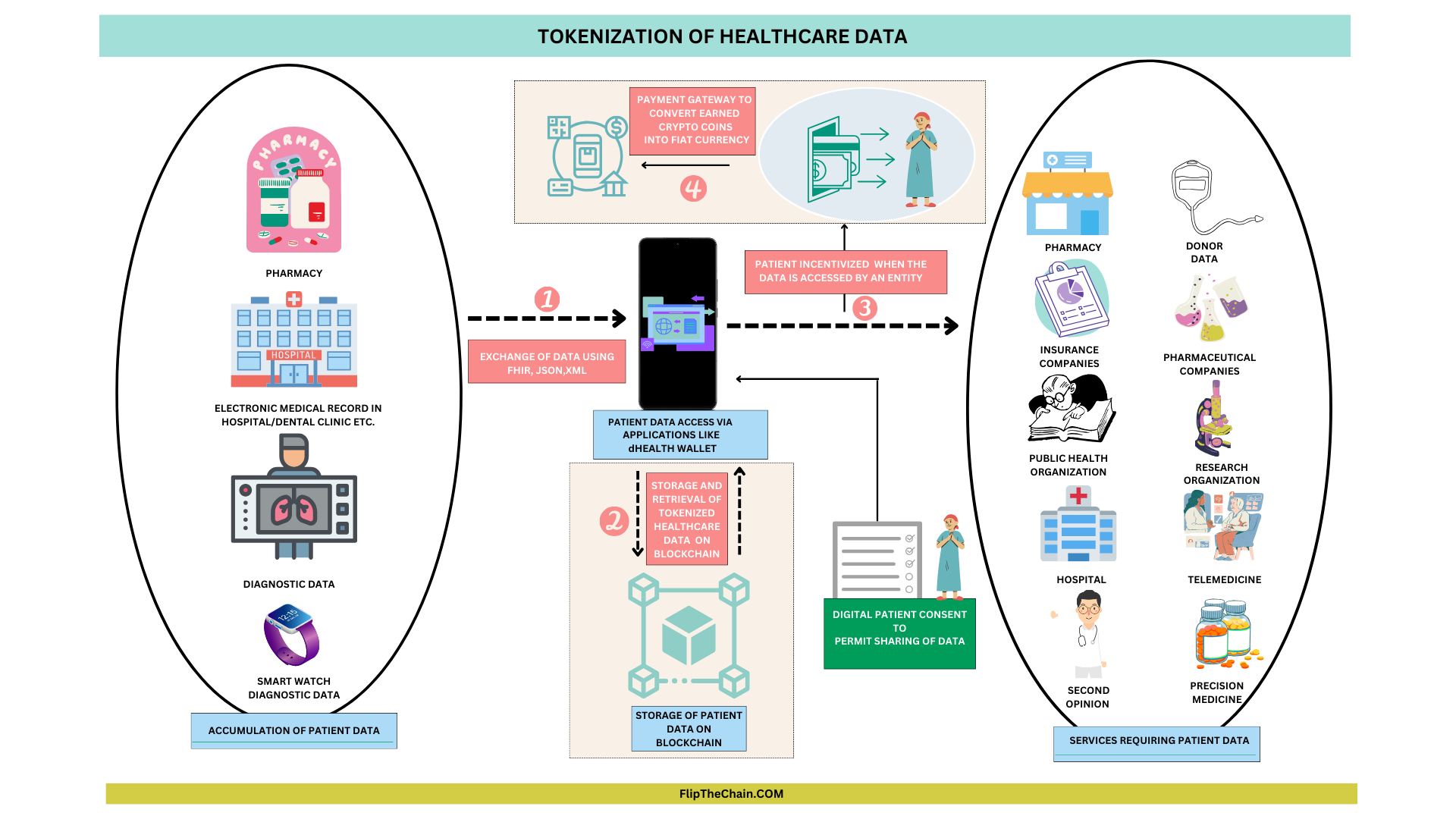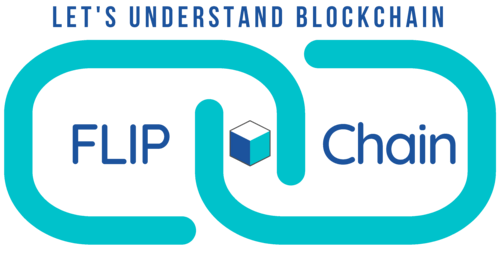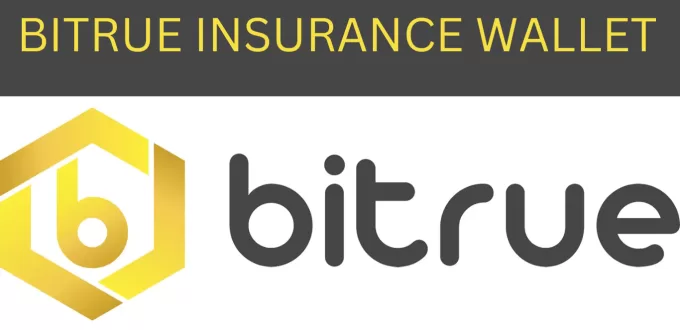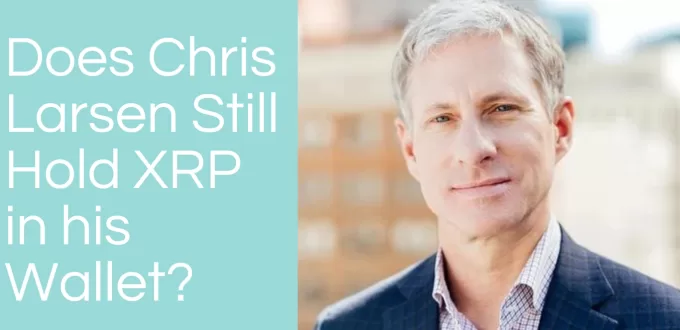Thanks to the Obama administration policies1National Archives and Records Administration. (n.d.). More than half of doctors now use electronic health records thanks to administration policies. National Archives and Records Administration. https://obamawhitehouse.archives.gov/blog/2013/05/24/more-half-doctors-now-use-electronic-health-records-thanks-administration-policies for driving the adoption of Electronic Medical Records and Hospital Information System in the USA. The ripple effect of this drive was so strong, that the hospitals across the globe started using Electronic Medical Record to capture the patient’s healthcare data. From the early 2000s, fast forward now, the hospitals are data rich. While this was the intended outcome of the Obama administration policy, however, the patient, whose data is recorded with these hospitals, doesn’t have the right of ownership of their healthcare data. However, this can change by tokenizing the patient’s healthcare data into NFT. This space shall focus on how to tokenize healthcare data into NFT on the blockchain and how patients can monetize their data.
Why Tokenize Healthcare Data into NFT?
The following are the main reasons for tokenizing healthcare data into NFT: –
1) Fragmented Healthcare Data
The healthcare data is digitally present across multiple Electronic Medical Record systems however these systems do not talk to each other. This means that there is no interoperability between the various hospitals using the electronic medical record systems. In such a case, if a patient needs to go from Hospital A to Hospital B for a second opinion, the doctor in the later hospital shall not be able to view the complete healthcare data of the patient, and therefore precision medical treatment becomes difficult.
2) Ownership of Healthcare Data
Continuing with the above point, since the hospitals have the custody of patient data and not the patient himself/herself, hospitals become the owners of patient data. Although some of the hospitals have launched their patient portal from where patients can download diagnostic reports and in some cases discharge summaries too, however, it is still not the complete patient’s healthcare data. Since there are no decentralized records of the patient’s healthcare data, the patient must always request the hospital to release a specific set of medical data to be shared with the other care provider.
3) Patient Engagement and Brand Awareness
Since the early 2000s hospitals have been recording patient data in electronic medical records which has made hospitals data-rich. In this journey of healthcare data capturing, patients felt left out, especially when their data is shared with 3rd party organizations (Pharmaceuticals, Clinical Research Organizations, etc.) without their consent. This is where as a marketing strategy, hospitals are trying to find ways to tokenize healthcare data into NFT to increase patient engagement in the hospital and eventually lead to brand awareness.
4) Healthcare Data Monetization
While the hospitals that share patients’ medical data with third-party organizations receive financial incentives, the patients whose medical data is shared don’t get a penny out of it. This is because the patient’s data is centrally stored in the hospital’s database and the patient doesn’t have a clue of who is accessing the patient data. In such a scenario, tokenizing healthcare data and making patients, part of the monetization ecosystem shall help bring trust and transparency in the system.
How to Tokenize Healthcare Data into NFT

1) Identification of the Source of Patient Healthcare Data
Patient’s healthcare data is majorly recorded in the following entities: –
- Pharmacy information system in Pharmacy
- Electronic Health Record in a Hospital
- Diagnostic and Laboratory data in PACS and Lab Information System
- Smartwatch and health tracker applications in mobile
2) Identification of Blockchain for Tokenizing Healthcare Data into NFT
Once the source of healthcare data is identified, the next step is to identify the blockchain where the healthcare data can be tokenized and stored as decentralized data2Author links open overlay panelYan Zhuang a b, a, b, d, c, Highlights•Non-fungible tokens (NFT) anonymously bridge patients’ records from disparate sources.•Self-sovereign identity (SSI) allows patients to completely control their identities.•SSI-empowered NFT facilitates patient-centric health information exchan, & AbstractBackground: Patient tokenization is a novel approach that allows anonymous patient-level linkage across healthcare facilities. (2023, March 15). Self-sovereign identity empowered non-fungible patient tokenization for health information exchange using blockchain technology. Computers in Biology and Medicine. https://www.sciencedirect.com/science/article/pii/S0010482523002433.
The first approach is to identify a blockchain and go about building a frontend interface for capturing patients’ healthcare data. The second and smarter approach is to choose already available options in the market for tokenizing healthcare data. One such example is dHealth network.It is a blockchain-based solution that stores data in a decentralized nature. Further, they have a mobile application that shows the patient’s healthcare data after verifying the patient’s digital ID. The patient has the option to authenticate if he/she wants third-party organizations to access the data.
The cherry on the cake is the option of monetization. Whenever a third-party organization like clinical research companies, pharmaceutical companies, public health organizations, pharmacies, labs, etc. want to access the patient’s data, they shall need to spend DHP tokens. DHP tokens are crypto tokens that authenticate the access on dhealth blockchain. At the same time, the patient, whose data is accessed gets a share of DHP tokens spent by the third-party organization. A smart contract is used to execute these transactions and therefore no intermediary is involved. This brings in full trust and transparency in the healthcare ecosystem.
These DHP tokens can be later exchanged for fiat currencies like Dollars, Pesos, Pounds,etc. using a crypto exchange payment gateway.
3. Implementation of Healthcare Data Tokenization into NFT
Once the data source as well as the blockchain network is identified, the final step is to implement it. For our example, we shall consider dHealth blockchain.
To start with, refer to the API documentation for integrating the source of patient data (Electronic Medical Record, Pharmacy Information System, Lab Information System, PACS, Smart Watch, etc.) with dHealth blockchain network. Once the integration is established, the data shall flow in JSON or XML format from the source destination to dHealth application. Further, smart contracts can be introduced at the interface level to schedule the transfer of data from the source application to dHeatlh application. In case, troubleshooting is required, refer to the documentation.
Once the data is received in dHealth application, it is absorbed and stored across blocks in the blockchain. It is also mapped to the patient’s digital health ID, the details of which are captured from the source patient data application. This tokenizes the healthcare data and is now available as NFT3Teo, Z. L., & Ting, D. S. W. (2023, January 23). Non-fungible tokens for the management of Health Data. Nature News. https://www.nature.com/articles/s41591-022-02125-2. ). A patient can now track the transactions that happen on his/her tokenized healthcare NFT. For implementing a patient digital health ID, you shall need to share the JSON identifiers like name, date of birth, national ID, and passport number from the source data and verify the details with the national database registry of the citizens. On confirming the details, the patient details shall be mapped to the healthcare information stored as NFT tokens on the blockchain network.
Takeaway
The healthcare space is changing rapidly. Financial companies are already reaping out the benefits of the blockchain transformation and now is the time for healthcare. Early adopters always reap out benefits. Tokenization of healthcare data will not only benefit the patient and the hospital, rather it will help develop a totally new and trustworthy healthcare ecosystem.
References








